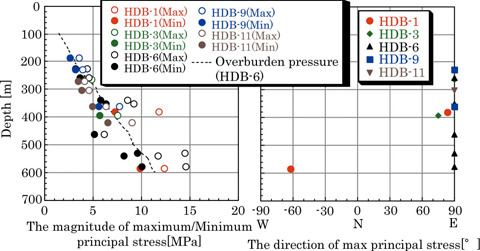Fig.2-21 Various in-situ and laboratory experiments

Fig.2-22 Measurement of initial stress by hydraulic fracturing test
Fig.2-23 Rock mechanical conceptual model
We have carried out deep borehole of Tertiary sedimentary formations in the Underground Research Laboratory (URL) site, about 3km×3km in Horonobe-cho, Hokkaido. As the part of the investigations, laboratory and in-situ measurements of rock mechanics were carried out to select the URL site and to design the underground facility.
The URL area consists of the diatomaceous mudstone and siliceous mudstone to 1,000m depth. The origins of both rocks are mostly diatom and they show very little lithofacies change. The physical and mechanical properties of these rocks are not distinct from Tertiary sedimentary rock distributed elsewhere in Japan. However, there is a large difference between the properties of the two rocks. In addition, a transition zone, where the properties change continuously and radically, exists between both rocks. Therefore, we conceptually divided the vertical property distribution of the URL area shown in Fig.2-21 into three zones. This division can explain the features of the physical and mechanical properties of the rock in any point in the URL area.
Fig.2-22 shows the results of the in-situ stress measurements done by hydraulic fracturing in the URL area.The results indicate that the directions of σh max are all close to EW up to 1,000m depth. The magnitudes of σh min were almost equal the overburden pressure and the magnitudes of σh max were from 1.2 to 1.65 times σh min. The influence of Omagari fault on the stress state in the URL area is not clear. The final conceptual model which integrates the results of previous discussions in the URL area is shown in Fig.2-23. The model describes the physical and mechanical properties including rock mass and stress state in the URL area qualitatively. The design of the URL facilities and the prediction of excavation disturbance due to URL construction were performed based on the conceptual model. We also learned the combination of the laboratory tests and geophysical logging that is effective for understanding and modeling a rock mass with little lithofacies change as in this investigation.
The verification of the conceptual model will be carried out in the investigation during construction of the URL facility. Based on the results, the methodology to understand the rock mechanics of a geological environment from the surface will be established.